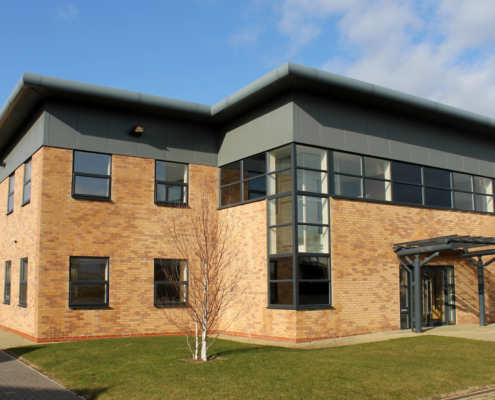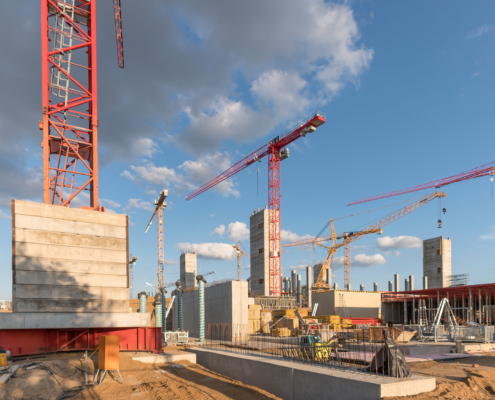The changing landscape of warehouse construction can be attributed to several factors.
First and foremost is the rapid growth of e-commerce and the increasing demand for efficient and flexible storage spaces. With the rise of online shopping, warehouses have become larger, more automated, and strategically located to facilitate speedy order fulfillment. The need for quick and accurate order processing has driven the demand for advanced technology integration, such as warehouse management systems (WMS) and automated material handling equipment.
Another reason for the shift in warehouse construction is the emphasis on sustainability and energy efficiency. Modern warehouses are designed to reduce their environmental impact by incorporating features like energy-efficient lighting, solar panels, and rainwater harvesting systems. This focus on sustainability not only benefits the environment but also helps companies save on operational costs in the long run.
Furthermore, the dynamic nature of supply chain management has necessitated more flexible warehouse spaces. Today’s warehouses are designed with modular layouts and adaptable configurations to accommodate changing inventory needs and facilitate efficient inventory management. Flexibility is also crucial in accommodating the growing trend of omnichannel distribution, where warehouses must support both online orders and traditional retail store replenishment.












